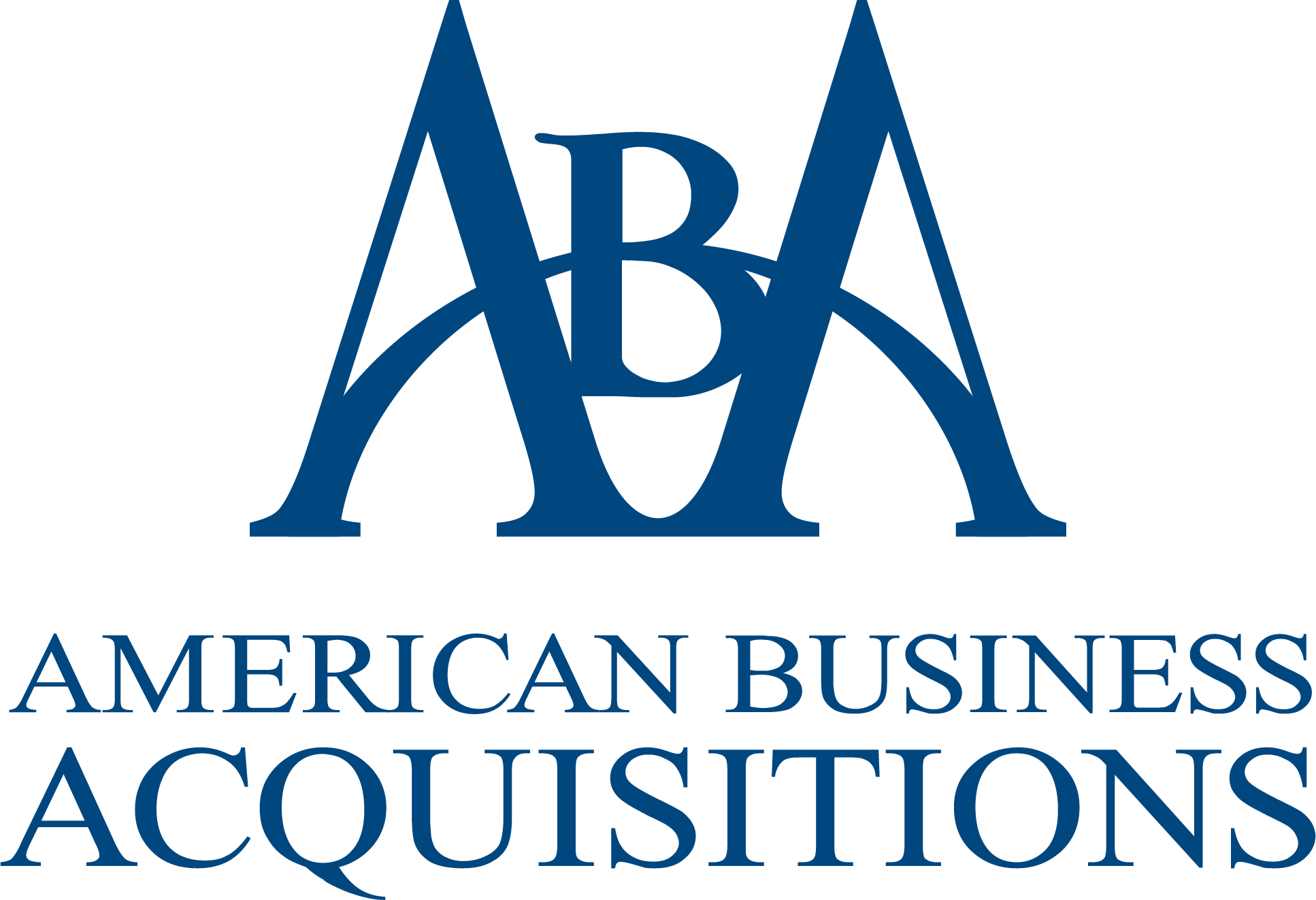Why Owning A Beverage Distribution Business Is Profitable
The beverage industry is a vibrant and ever-expanding market, offering a multitude of opportunities for aspiring entrepreneurs. In this article, we delve into the profitability of owning a beverage distribution business and explore the factors that contribute to its success.
Factors Contributing to Profitability
A. Diverse product portfolio and market demand
One key aspect that makes owning a beverage distribution business profitable is the ability to offer a diverse product portfolio. By curating a wide range of beverages, from refreshing carbonated drinks to artisanal craft beverages, distributors can cater to various consumer preferences. Capitalizing on current market trends and emerging tastes allows distributors to stay ahead of the competition and meet evolving demands.
B. Strong relationships with manufacturers and retailers
Establishing robust relationships with both manufacturers and retailers is vital for success in the beverage distribution industry. By fostering strategic partnerships with manufacturers, distributors can secure exclusive distribution rights for sought-after products. This exclusivity not only creates a competitive advantage but also enables distributors to negotiate favorable pricing and terms. Building strong connections with retailers ensures a steady and reliable distribution channel, fostering long-term business growth.
Cost Management and Profit Margins
A. Efficient inventory management
Efficient inventory management plays a crucial role in maximizing profitability. Minimizing waste and spoilage by implementing effective inventory control systems is essential. By optimizing stock levels and turnover, distributors can minimize holding costs and avoid overstocking or stockouts. Leveraging technologies such as inventory tracking software and demand forecasting tools can streamline operations and enhance cost efficiency.
B. Effective pricing strategies
Determining the right pricing strategy is a delicate balance between competitiveness and profitability. Conducting thorough market analysis, including pricing trends and competitor positioning, allows distributors to set prices that attract customers while maintaining healthy profit margins. Employing pricing models, such as cost-plus pricing or value-based pricing, can help distributors make informed pricing decisions that align with their business objectives.
Scaling Opportunities and Market Expansion
A. Geographic reach and market penetration
One of the inherent advantages of owning a beverage distribution business is the potential for geographic expansion and market penetration. By identifying untapped regions or demographics with high growth potential, distributors can strategically expand their reach. Establishing new distribution networks and partnerships in these areas allows them to capitalize on new markets, increase sales volume, and drive profitability.
Listing Details
Total Sales: $1,483,281
SDE: $312,840
Cash Flow: $312,840
FFE: $250,000 (Included in Price)
Inventory: $25,000
Reason For Sale:
To operate other businesses in a different industry.
Training & Support:
As much as needed and as agreed during the purchase process as the seller is very sincere about making sure this is a smooth transition.
Operation
Year Established: 2014
Days & Hours of Operation: Monday - Sunday 9 to 5
Owner Hours Per Week: 12
Employees: 15
Managers: 2
Location
Monthly Rent: 11163.60
Type of Location: Retail Storefront + Food Production
Square Footage: 2330 Retail and 3000 production/Office
Facilities Information:
The rent includes the rent at multiple retail locations from 650 to 980 square feet. Great neighborhoods with residential and business foot traffic as well as heavy vehicle traffic. The rent also includes an office/production location here in Chicago or approximately 3000 sq ft.
Summary
Historical Summary:
This business has not only weathered the COVID crisis, but has adjusted to accommodate its customers resulting in an even more profitable period since implementing specific changes.
This business includes multiple retail locations plus a food production location, all operating in harmony to generate just over 1 million in revenue for 2018 and 2019. Growth during expansion from one location to multiple locations of approx 29% in 2018, approx 35% in 2017, and approx 53% in 2016. All business operations at all locations are included in this sale.
This business is the only model of its kind at this level of quality that captures this key audience in Chicago. They make and package their high-quality beverage and other food-related products and make them available for sale at their retail locations. They also make menu options to order at their retail counters for carry-out or delivery. The products can be ordered online at the company website. From walk-in customers to well known Chicago sports teams, this brand is recognized as the leader for its high-quality preparation and its very high-quality, safe packaging.
Competition:
No other business of this level exists in Chicago so it has a very captive audience who demands high-quality and fresh ingredients.
Potential Growth:
This business currently services Chicago sports teams, and related events who order directly in larger quantities and that type outreach can expand in addition to expanding physical sales locations. Adding a few more locations as a point of sales can dramatically reduce the price per item production costs without adding much additional labor, if any. That increased revenue will fall in-part to the bottom line as profitability. This business can be a 250k+ cash flow business reasonably quickly. This can be achieved by scaling it to sell products at just a couple more company-branded locations or implementing the co-packing/distribution model currently in motion. This co-packing will sell the product in existing businesses such as coffee shops or neighborhood grocers or fitness clubs, farmers’ markets or festivals and events, etc.
